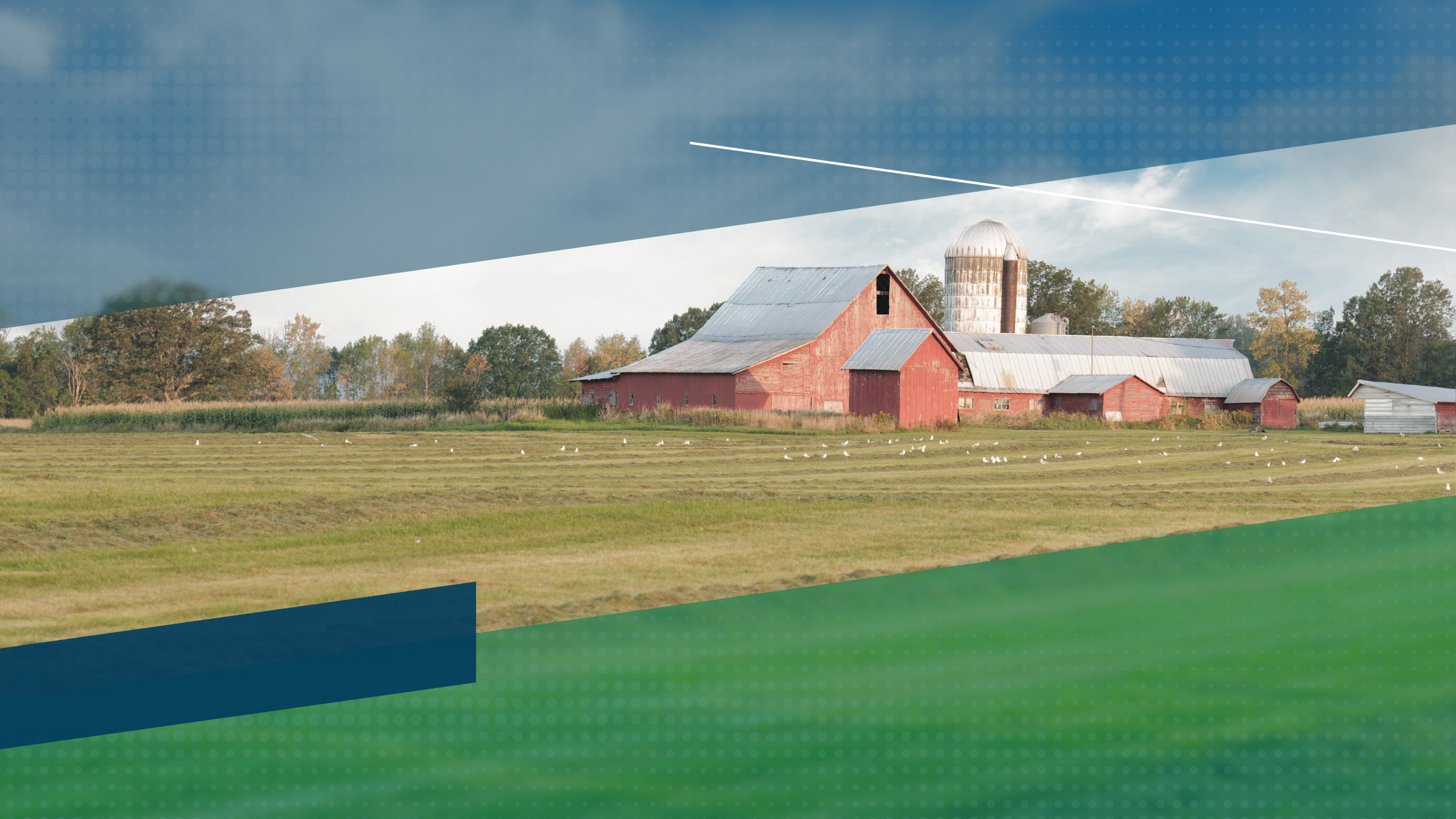Faltering market prices are beginning to affect agricultural bankers and farmers throughout the Ninth District, according to the Minneapolis Fed's first quarter survey of agricultural credit conditions.
"Declining market prices for all feed grains and livestock have negatively impacted all farm customers. No immediate improvement is foreseen. It could become a very serious situation." Those comments by an eastern South Dakota banker are echoed, in one way or another, by nearly all the 101 farm bankers who responded to the survey.
In the last half of 1997, a sharp dichotomy had developed between agricultural producers in the district. Corn, soybean and hog producers in the southern and eastern regions reported good yields, prices and incomes, and were generally optimistic about future prospects; while wheat and other small grain producers in northern areas complained of adverse weather, low yields and poor prices. Now, while the situation has still not improved in those northern areas, it has also deteriorated sharply in the corn-soybean belt, so that farmers and farm lenders throughout the district are quite uniformly pessimistic.
While declining exports related to events in Asia are an important factor, supply-side factors such as numbers of cattle and hogs, grain stocks and Southern Hemisphere wheat and soy production have also contributed to lower prices.
Farm income and spending
On average, estimates of farm income have declined from the prior quarter and are rated as below normal by over half of participating bankers. Wisconsin, however, is bucking the tide: 50 percent rate income above normal vs. none in that category only three months earlier. Household spending is unchanged from earlier surveys. Capital spending shows a slight decline and, on balance, is well below normal levels. The weakest capital spending is in North Dakota, where 79 percent describe it as somewhat or substantially below usual levels. Minnesota is the only state where bankers who see above-usual capital spending outnumber those who see it as weak.
Farm loan volumes
Feeder loan volumes are rated below normal by nearly half of all lenders, continuing a pattern begun in fourth quarter 1997. Other operating loans are above usual levels and up from the preceding quarter, probably more due to pinched cash flows and low repayment rates on existing loans than to expanding output. Machinery loans continue somewhat below normal and largely unchanged from earlier quarters, with the strongest activity in Minnesota and the weakest in North Dakota. Other intermediate loans are about at usual levels and slightly up from the close of 1997. The same is true of real estate loans, where Minnesota and Wisconsin show the most strength and the Dakotas the least.
Bank credit conditions and liquidity
There was little change in funds availability from the end of 1997. Only in Montana did any significant number of bankers rate funds availability as below normal levels. Loan repayment rates have slipped, with 35 percent rating these as somewhat or significantly below usual levels. But the number and proportion of respondents who had refused loans due to shortages of funds dropped from the prior quarter. The proportion of borrowers against their debt limits declined in Minnesota, North Dakota and Wisconsin, but increased somewhat in Montana and South Dakota. In both of those states, however, this indicator is well below the high levels experienced 12 months to 18 months ago.
Interest rates and land prices
Average interest rates dropped for farm loans in all five of the categories surveyed. While decreases were as much as one-half a percentage point, agricultural loan rates largely remain within the 9 percent to 11 percent band that has prevailed for the last several years. Somewhat paradoxically, given current low prices, farm land prices across the district as a whole posted their largest gains for some time, ranging from a low of 3.2 percent above a year earlier for grazing land in North Dakota to above 9 percent for Wisconsin and South Dakota cropland.
| Fixed Interest Rates* | ||||
|---|---|---|---|---|
| Feeder Livestock | Operating | Machinery | Real Estate | |
| 1st Q '97 | 9.9% |
10.0% |
10.0% |
9.3% |
| 3rd Q '97 | 9.6 |
9.8 |
9.7 |
9.3 |
| 4th Q '97 | 10.0 |
10.1 |
10.1 |
9.4 |
| 1st Q '98 | 9.6 |
9.9 |
9.8 |
8.9 |
| * Average of reported rates in mid-Feb. 1998 | ||||





